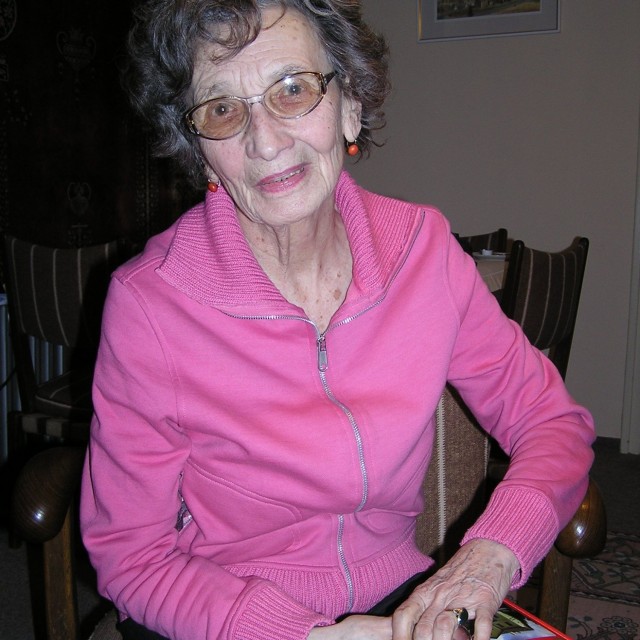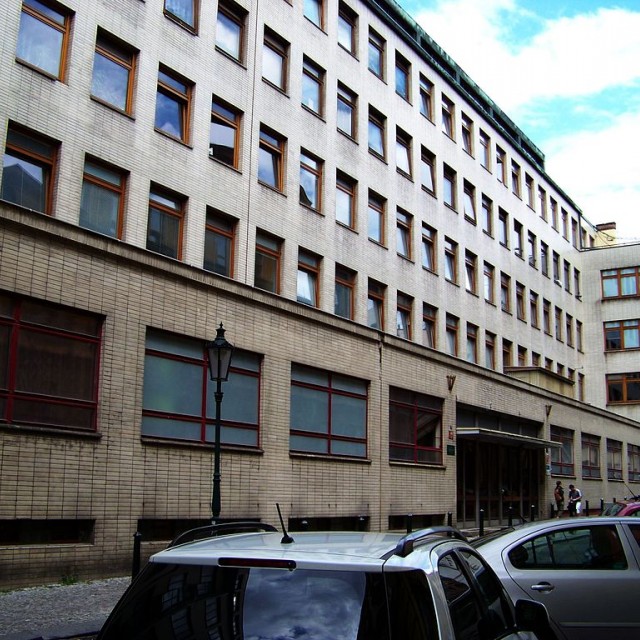They offered me collaboration
“They arrested me on 26th May 1953. Then they took me for an interrogation to the interrogation room in Bartolomějská. My clothes were hanging on the coat-stand and the clerk tells me: ‘Can you go and look outside the window?’ In Konviktská street a lady was pushing a pram with a child which was about the same age as my son. It may have taken about half an hour. The clerk told me: ‘If you sign up for collaboration, we’ll let you go home. Here are your clothes.’ That was one of the worst moments in my life. All kinds of things go on onside you. I am a religious person and at that moment of helplessness I started to pray: ‘Dear Lord, please, help me.’ I had the feeling as if god was standing next to me. Suddenly it was obvious, I simply couldn’t sign up.”
Hodnocení
Hodnotilo 0 lidí
Routes
Not a part of any route.
Comments
No comments yet.










